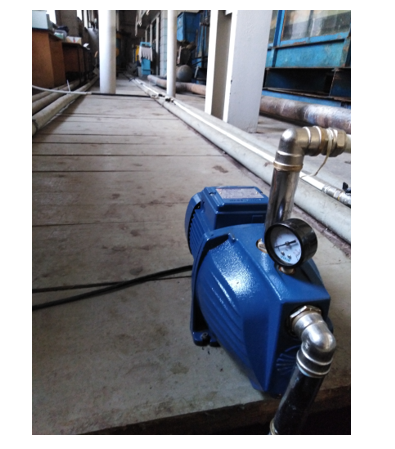The aim of the studies was to test the hydraulic pressure losses along the length, local pressure losses, absolute and relative roughness values of the pipeline walls made of modern polymer material. The article presents the results of the experimental studies of hydraulic resistance of pipelines from modern polymer materials, the method of theoretical determination of resistance coefficients in the VALTEC ISO 21003 metal polymer pipeline, the classification and method of determining the values of local hydraulic resistance coefficients of T-Junctions are given, the dependence for determining the Darcy λ hydraulic friction coefficient associated with the value of the equivalent hydraulic roughness coefficient of the inner surface of pipes and the Reynolds number. The experimental data of the hydraulic coefficient of friction Darcy λ was compared with the known theoretical relationships of A.D. Altschul, Colbrooke for smooth pipes, Colbrooke and White, an alternative to the Colbrooke-White, Offengenden equation for low-shear pipes and pipes from polymer materials with Reynolds numbers Re>10^4. Dependence of hydraulic coefficient of friction on relative equivalent roughness of pipeline walls and Reynolds number, specific energy loss per one linear meter on total flow rate in system of hydraulically short pipeline is obtained. The empirical dependence of values of coefficients of local resistance ζ=f(Q2/Q3) from a ratio of the divided expenses of Q2/Q3 of the equal-pass T-Junction α=90 the pipeline to a branch up, on pass in the direct T-Junction and division of streams at various internal pipeline diameters of VALTEC.

